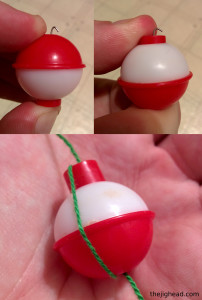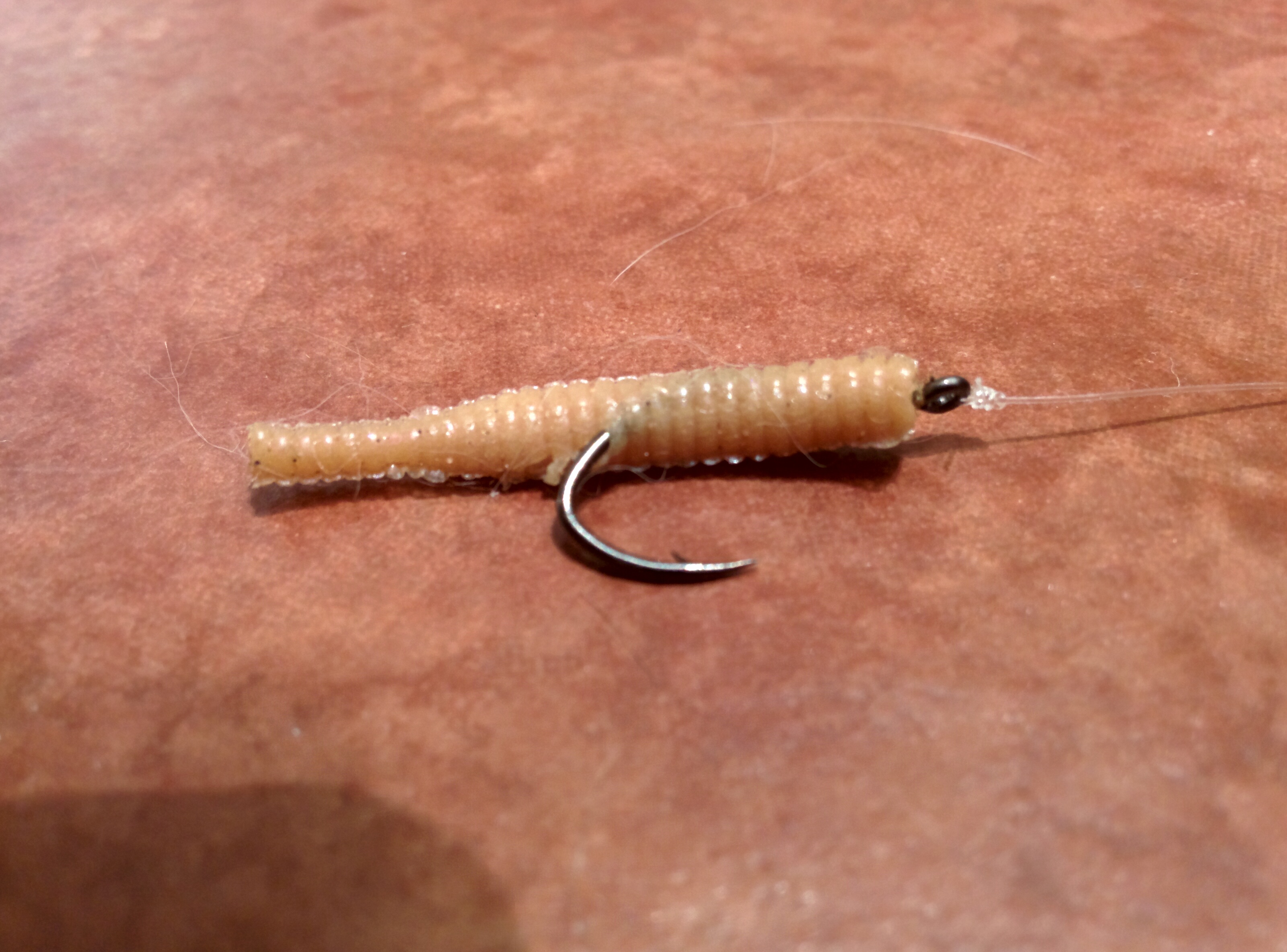If you have never fished before, researching different fishing techniques online can make the hobby seem complicated. Sure there are plenty of more advanced fishing techniques, but a beginner can learn how to fish for trout easily. At the root of the hobby, all fishing really is, is tricking a fish into biting a hook in one way or another.
In my area, Brook Trout (or brookies) and rainbow trout are the most common species of fish targeted, and a good starting point for anyone looking to learn how to fish. I currently fly fish for brookies the majority of the time, but I began my fishing journey with a spinning rod, bait fishing with some worms.
This post will teach you how to catch trout using a bobber and bait rig, in addition to some other trout fishing basics. The set up listed below to be one of the most effective trout rigs for rivers I’ve tried.

This post uses Amazon affiliate links. I receive a commission from any sales at no additional cost to yourself.
Equipment needed for for this rig:
- Fishing rod and reel: You can find a cheap fishing rod combo at Wal Mart, Bass Pro, Canadian Tire, or similar department store, and it will work great for you first time out.
- Fishing line: Most rod and reel combos come with line already spooled. If it doesn’t, buy a spool of 5lb – 10lb test fishing line and spool it onto the reel (Look up “arbor knot” for attaching the fishing line to the reel). Don’t bother with flouro or braided line until you have more experience.
- Hooks: Use either circle or “J” hooks. Make sure you pinch the barb! When bait fishing for trout, size 4 to size 12 hooks are a good choice.
- Bobbers: A basic white and red bobber is good enough for now. The bobber should be large enough to support the weight of the split shot, hook, and bait without sinking. The bobber in the picture is a good size.
- Sinkers: You want to get a small bag of split shot weights. The weights should be small enough that they don’t sink the bobber. Try to get non-lead weights if possible
- Bait: Worms work well with this method. Other options are crickets or Berkley PowerBait Power Trout Worm (Amazon Link)
. I personally think Berkely trout worms are some of the best brook trout bait you can choose when bait fishing.
Setting up the Rig

Start by tying the hook to the end of the line using a Improved Clinch knot or Palomar knot. The Improved Clinch knot is a classic fishing knot and provides a good mix of knot strength and ease of tying. The Palomar knot is a bit more difficult to tie, but provides superior knot strength. Even if you’re targeting monster trout, it’s unlikely either of these knots will break if tied correctly (assuming you’re using appropriate strength line).
Then pinch a split shot onto the line about 10cm – 15cm above the hook. You can remove the split shot by squeezing the little tags on the end of it.
You will then attach a bobber or float to the fishing line by threading the line through both the top and bottom metal hooks. The line should run around the bobber, and be anchored in place by both hooks.
That’s it! you have successfully set up one of the most effective brook trout rigs for float fishing. The only thing left to do is decide on bait you are going to use, and then actually do some fishing.
Bait Selection
Three good fishing baits for beginners to try are:
- Worms: Few fish can resist such a calorie packed meal as a worm. Especially effective if it’s raining outside, or in fast water conditions such as in the spring.
- Berkley Trout Worms: These work just as well as real worms. The main difference is that the Berkley worms last much longer since they stay on the hook better. It’s much harder for trout to rip them off of the hook since they’re plastic. They are more expensive than real worms, but you get much more use out of one plastic worm than one live worm. I talk more about different types of soft plastic lures I’ve had success with here.
- Crickets: If you don’t have a bait shop nearby, just go to you local pet store and buy some crickets intended for feeding reptiles. Fish love crickets on sunny days in mid to late summer, when wild crickets and grasshoppers are around.
Other choices for trout bait include shrimp, mealworms, corn, and salmon eggs. When using this rig you are not limited to just bait, you could tie micro-jigs, lures, or wet flies to the end of the line as well.
My favourite bait using this method though are the Berkley Powerbait trout worms mentioned earlier. There are a number of other ways you can go about rigging these trout worms as well. They work very well on dropshot rigs as well.
Canadian readers click here for the Canadian Amazon store.
This rig works best when fished in a river with some current to carry the rig. When you are actually out on the river fishing this rig, the most effective technique for trout fishing will be to float the bait about six inches to a foot above the bottom of the riverbed, as this is the most common trout strike zone. The most effective way to fish this rig is to cast is up stream, and let it float back by you. Make sure you keep the line somewhat taught, you can’t set the hook with a slack line!
Good luck fishing, and tight lines!


How to Rig a Fishing Line You rig a fishing line by attaching a baited hook or lure to catch the fish, a sinker to provide casting weight and to let the bait sink below the surface, and sometimes a bobber to provide flotation.